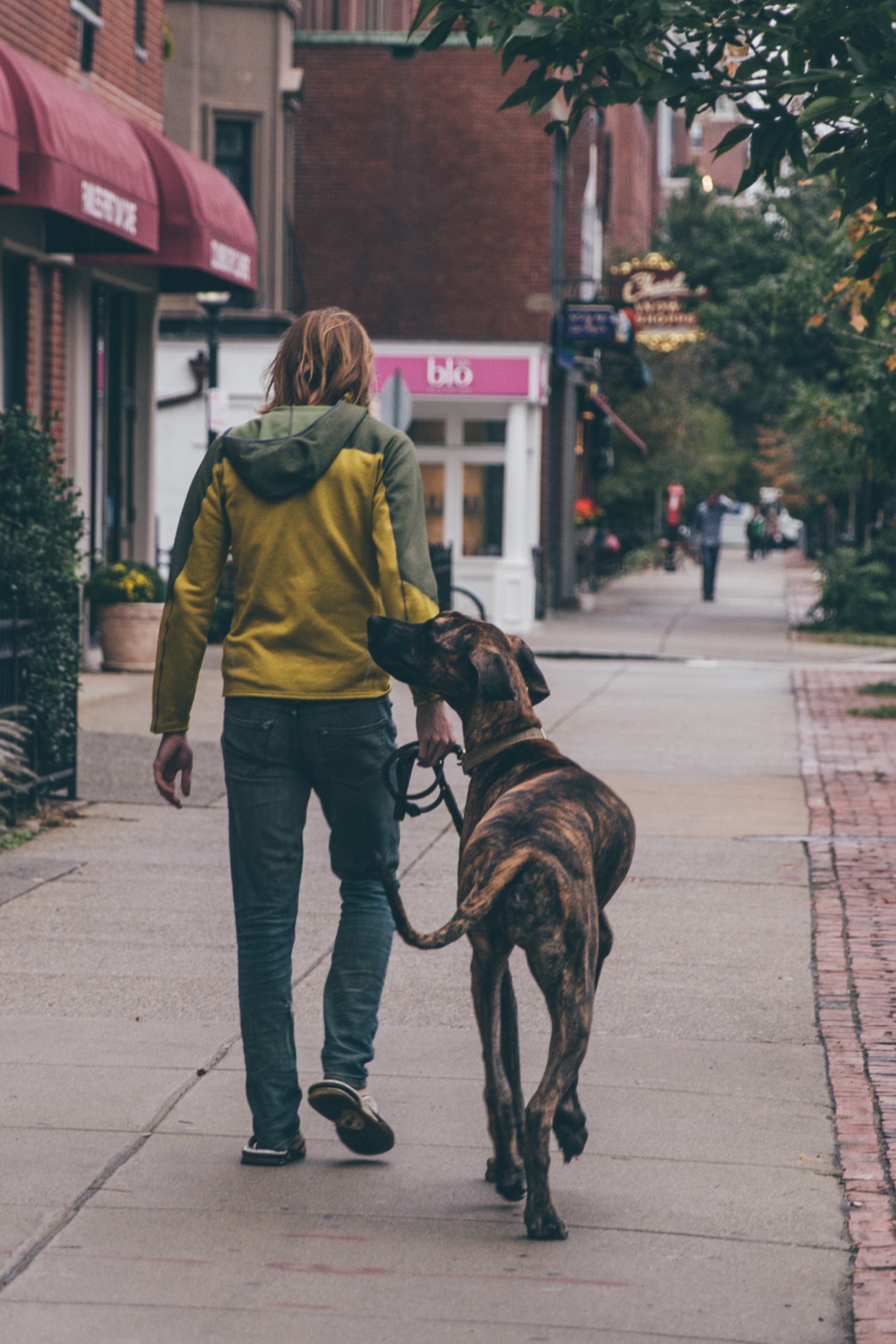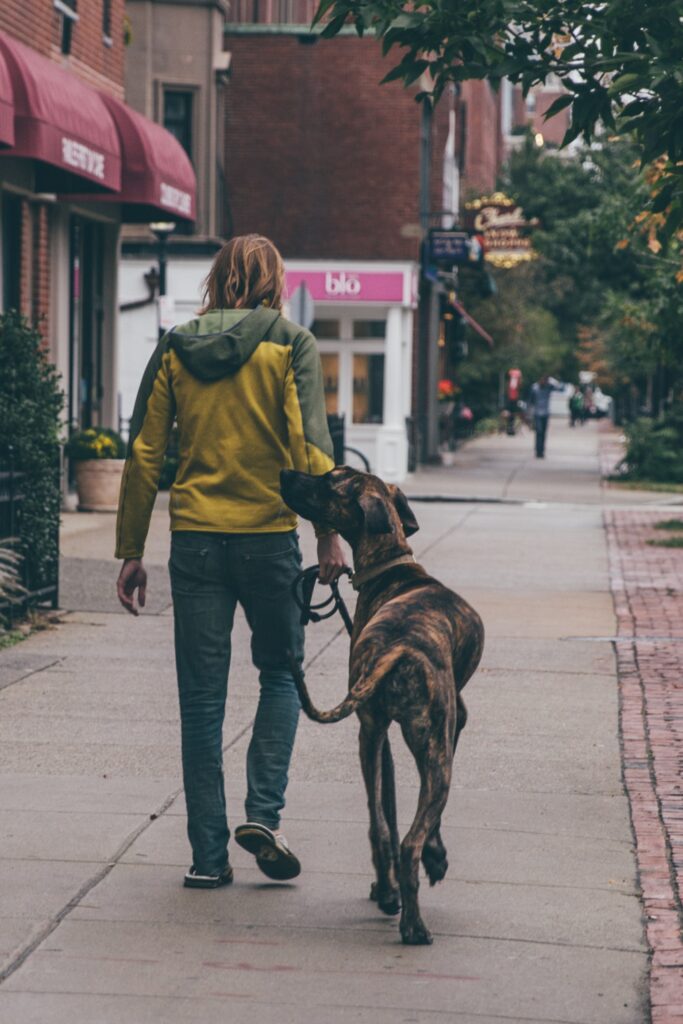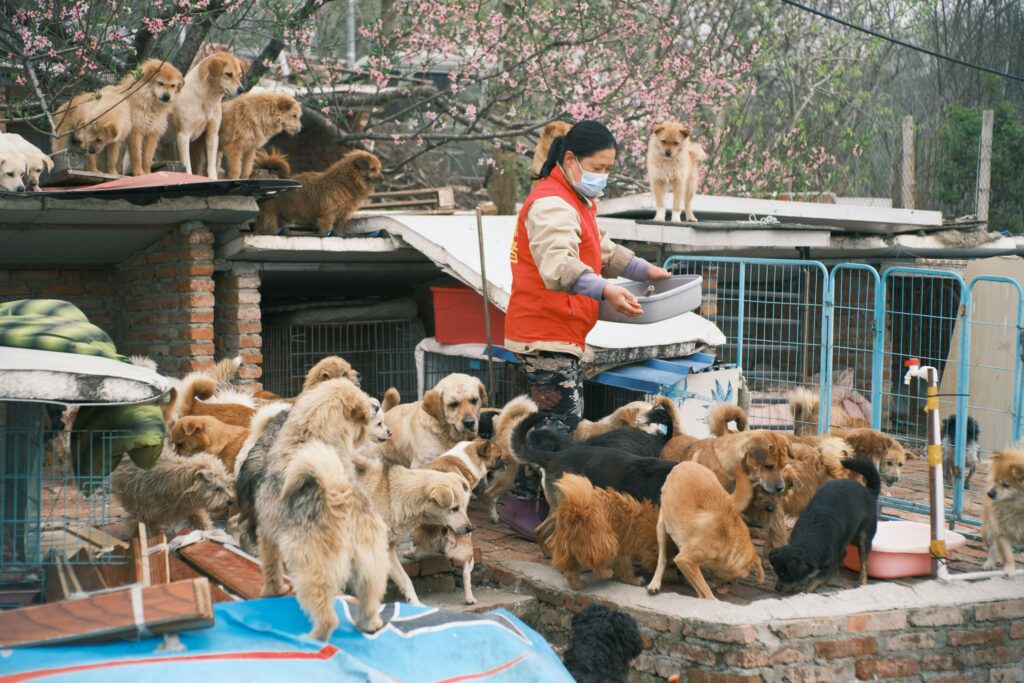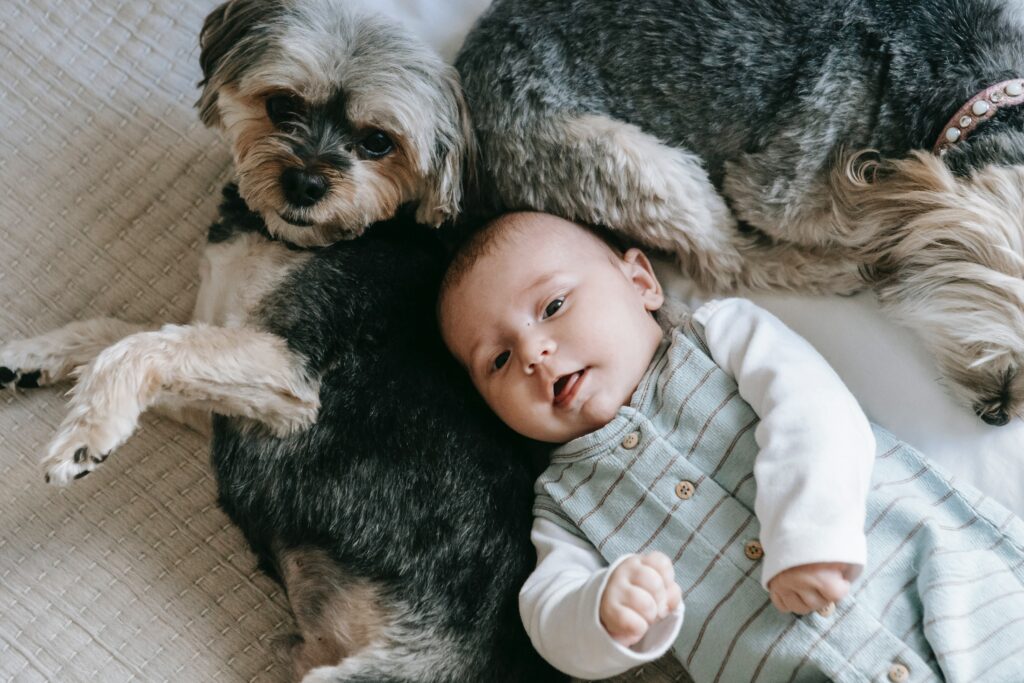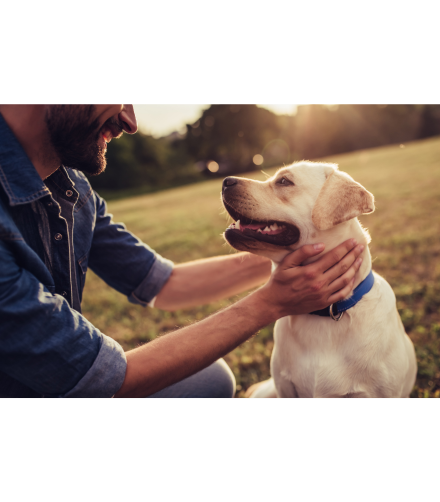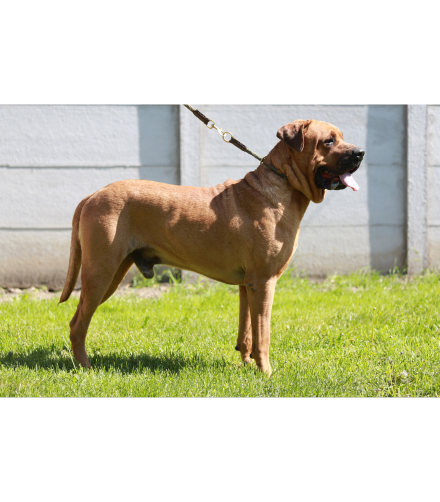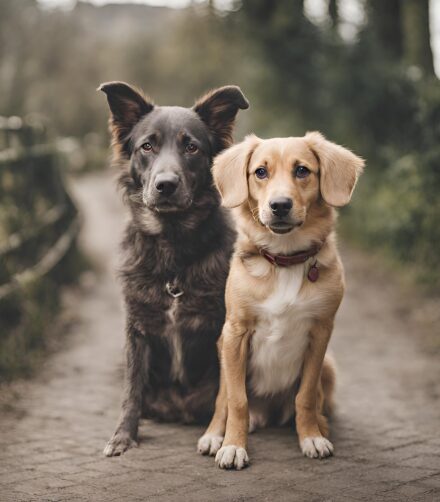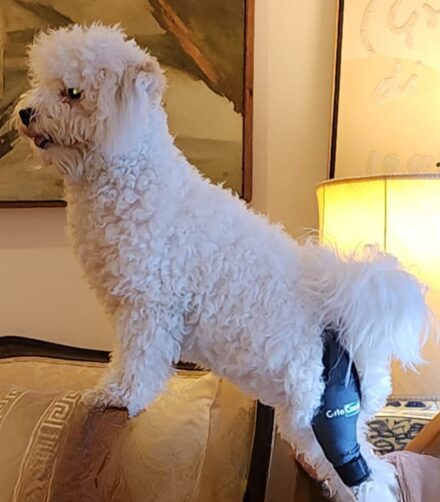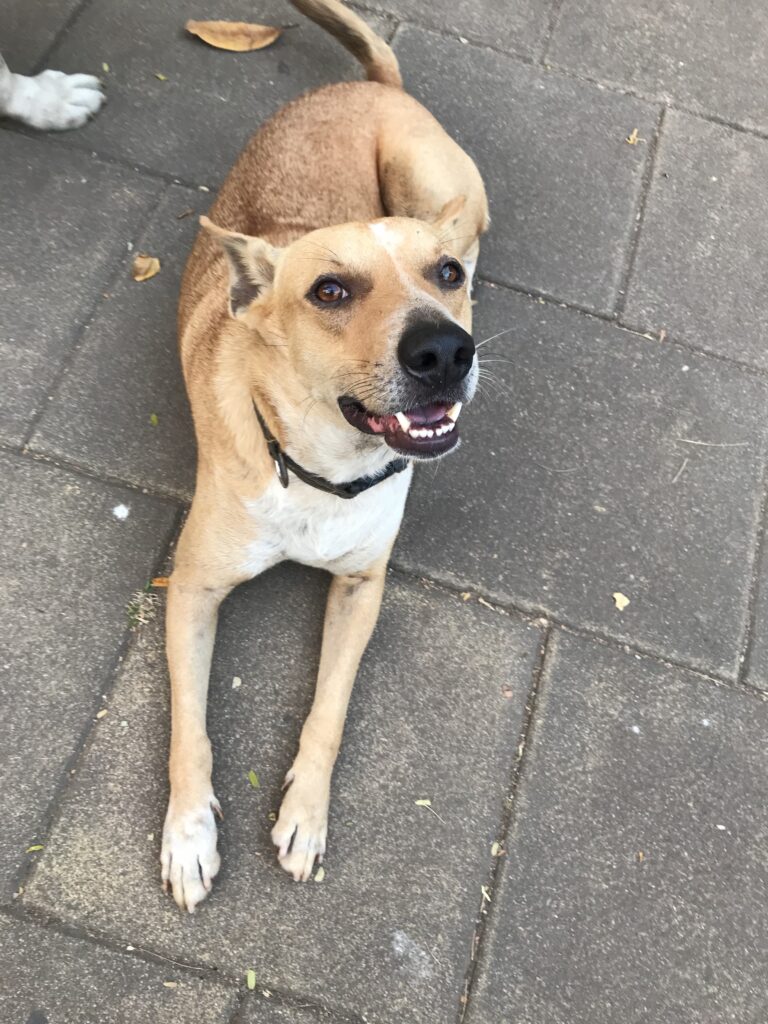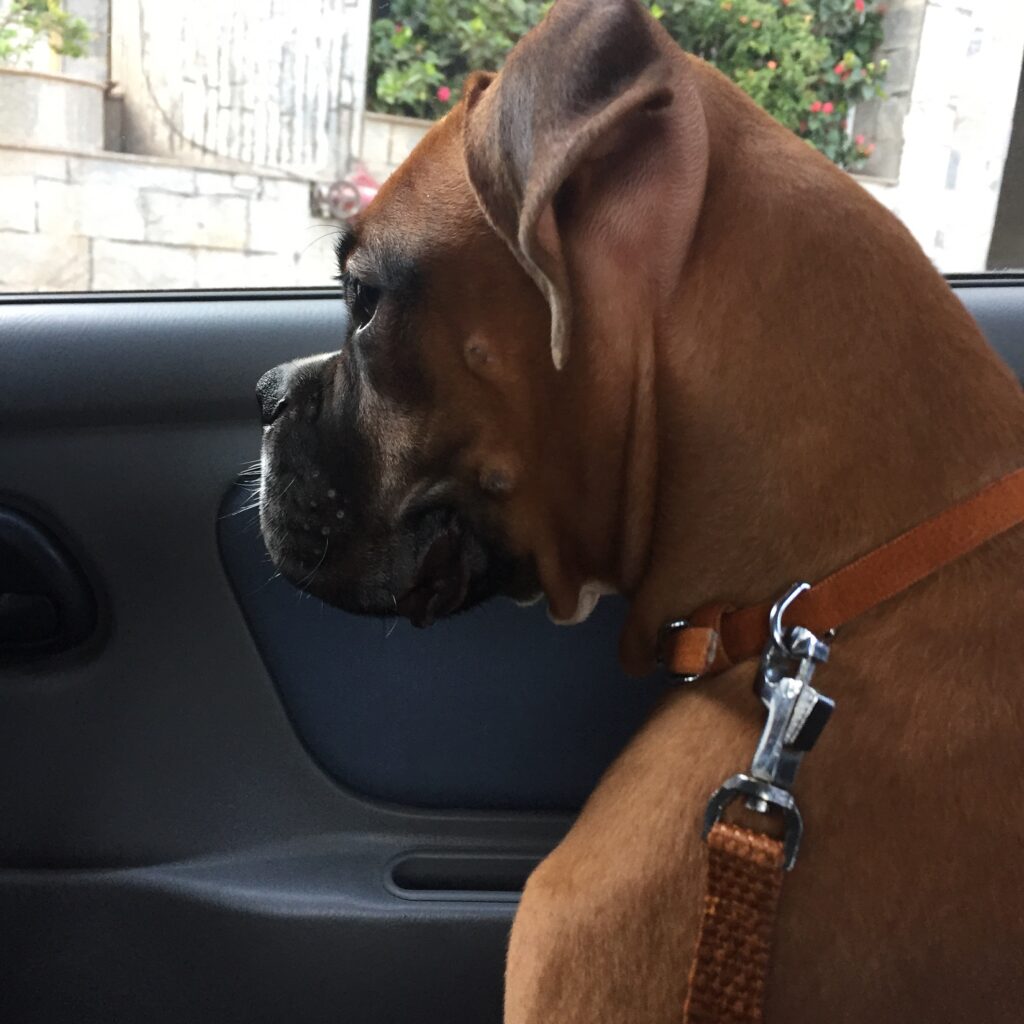Helping your rescued shelter dog socialize is a process that requires patience, consistency, and a positive attitude. Here are some tips that may help:
- Start Slowly: Begin by introducing your dog to one or two new people or dogs at a time. Gradually increase the number of people or dogs over time as your dog becomes more comfortable.
- Positive Reinforcement: Use treats, praise, and play to reward your dog for good behavior during socialization. This will help your dog associate positive experiences with meeting new people and other dogs.
- Training: Consider enrolling your dog in a basic obedience training class or working with a professional dog trainer to help your dog learn social skills and proper behavior around other dogs and people.
- Exposure: Take your dog on walks in areas where there are other dogs and people. Allow your dog to observe and interact at their own pace while remaining under your control.
- Consistency: Make socialization a regular part of your dog’s routine. Regular exposure to new people and dogs will help your dog build confidence and improve their social skills over time.
Remember, every dog is different, and some may require more time and patience than others. With consistent effort and positive reinforcement, your rescued shelter dog can learn to socialize and enjoy new experiences.
Photo by Snapwire: https://www.pexels.com/photo/a-man-walking-in-the-street-with-his-dog-615296/
What should my dog walker know about my rescue dog?
If you have a rescue dog, there are a few things that your dog walker should know to ensure the safety and well-being of your furry friend. Here are some important things to communicate to your dog walker:
- Health Issues: If your rescue dog has any medical issues, allergies, or special needs, be sure to inform your dog walker. This will help them provide the necessary care and attention your dog needs while on their walks.
- Behavioral Issues: If your rescue dog has any behavioral issues, such as fearfulness, aggression, or separation anxiety, it is important to let your dog walker know. This will help them take the necessary precautions to keep your dog and other dogs/people safe during walks.
- Comfort Level: Some rescue dogs may not be comfortable around new people or in certain environments. Let your dog walker know if your dog has any specific fears or triggers so that they can avoid those situations.
- Training: If your rescue dog is currently undergoing any training, let your dog walker know what commands your dog understands and is working on. This will help your dog walker reinforce good behavior while on walks.
- Emergency Contact Information: In case of an emergency, make sure your dog walker has your contact information, as well as the contact information for your veterinarian.
By communicating these important details to your dog walker, you can help ensure that your rescue dog receives the best possible care and attention while on their walks.
Photo by Mia: https://www.pexels.com/photo/woman-feeding-dogs-in-shelter-11683889/
How long will my shelter dog take to decompress?
The decompression period for a shelter dog can vary depending on the individual dog’s temperament, history, and the amount of socialization they received prior to entering the shelter. Some dogs may take a few days to adjust to their new environment, while others may take several weeks or even months.
During the decompression period, it is essential to provide a calm and predictable environment for your shelter dog, with minimal changes or disruptions to their routine. This can help them feel more secure and comfortable in their new home.
It is also important to remember that every dog is unique and may have their own way of coping with the transition from the shelter to their new home. Some may be shy and reserved, while others may be more outgoing and adventurous. So you can help your rescued shelter dog transition at their own pace.
You can help your shelter dog decompress by giving them plenty of time and space to explore their new surroundings at their own pace. It’s also important to provide them with a comfortable and quiet space where they can rest and relax when they need to.
Overall, the decompression period for a shelter dog can vary, but with patience, understanding, and a consistent routine, your new furry friend can settle in and thrive in their new home.
Is it safe to adopt a dog from a shelter if I have young children?
Yes, it can be safe to adopt a dog from a shelter if you have young children, but it’s essential to take some precautions to ensure a successful adoption and safe interactions between the dog and children.
Before adopting a dog, it’s important to research breeds and individual dogs to find one that is known to be good with children. Many shelters will also have information about a dog’s history and behavior, which can help you make an informed decision.
Once you have adopted a dog, it’s important to supervise interactions between the dog and children at all times. Children should be taught how to interact with the dog gently and respectfully, and should never be left alone with the dog.
It’s also a good idea to teach children how to recognize signs of stress or discomfort in dogs, such as growling or stiffening, and to avoid interactions that could make the dog feel uncomfortable.
Finally, it’s important to ensure that the dog has a safe and comfortable space where they can retreat if they need a break from interactions with children. This could be a crate or a separate room where the dog can go to relax and feel secure.
By taking these precautions and providing proper supervision and training, it is possible for a family with young children to safely and successfully adopt a dog from a shelter.
A must remember tip for all shelter dogs
Remember that most dogs and cats which end up in shelters have been abandoned on the street or dropped off outside a shelter. The worst cases have been rescued from some horrible conditions. Responsible shelters do a lot of the work of socialising the dogs available for adoption and help you choose a dog suited to your family and lifestyle.
However, we can never know the abuse these dogs have suffered and the memories they carry. So always be mindful that an adopted shelter dog may suddenly be afraid of the most innocent looking object or person. This is because they may have an unpleasant memory associated to it. Be alert and patient with them. And if they have a history of abuse be particularly mindful of them around children. That is the safest thing you can do for your dog and the child they interact with.

